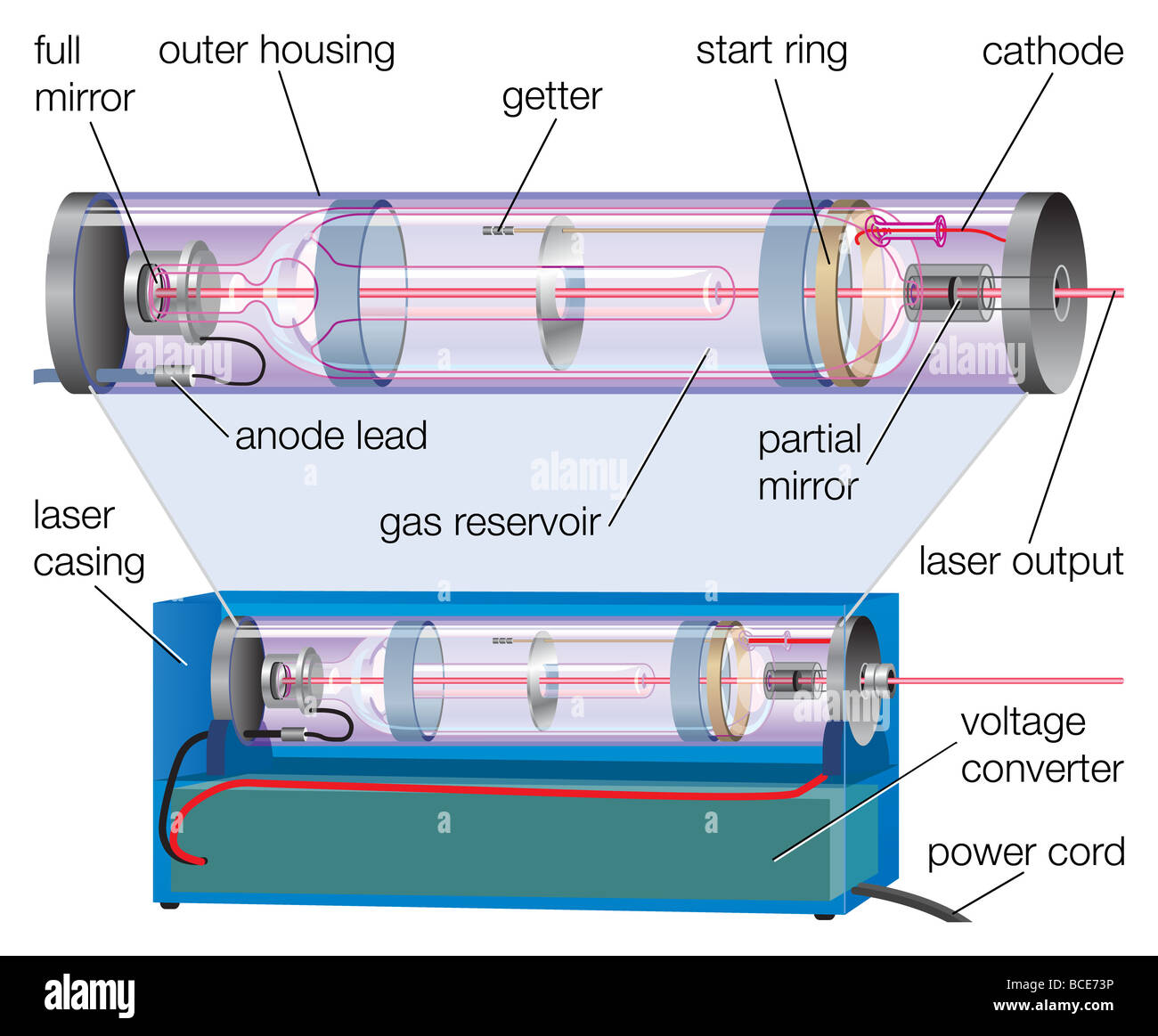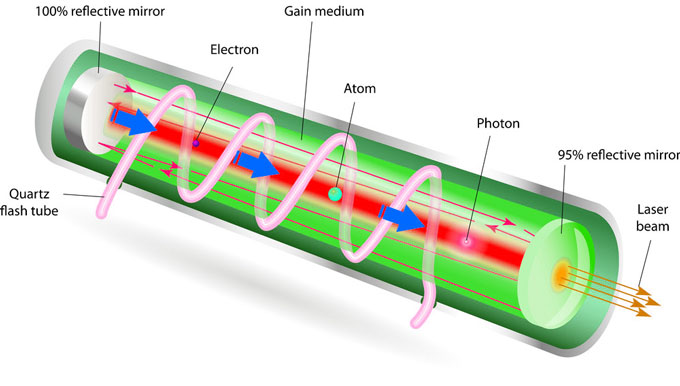Lasers Presentation
| Introduction to Lasers | ||
|---|---|---|
| Lasers are devices that produce highly concentrated beams of light. The term "laser" stands for Light Amplification by Stimulated Emission of Radiation. Lasers have numerous applications in various fields, including medicine, communications, and manufacturing. | ||
| 1 | ||
| How Lasers Work | ||
|---|---|---|
| Laser light is produced through the process of stimulated emission, where atoms in a material are excited by an external energy source and release photons. The photons released in stimulated emission are coherent, meaning they have the same wavelength, phase, and direction. The coherence of laser light allows it to be focused into a narrow, intense beam. | ||
| 2 | ||
| Types of Lasers | ||
|---|---|---|
| Gas lasers use a gas mixture as the active medium, such as helium-neon or carbon dioxide, to produce laser light. Solid-state lasers use a solid material, such as ruby or neodymium-doped yttrium aluminum garnet (Nd:YAG), as the active medium. Semiconductor lasers, also known as diode lasers, use a semiconductor material, such as gallium arsenide, to produce laser light. | ||
| 3 | ||
| Applications of Lasers | ||
|---|---|---|
| In medicine, lasers are used for surgical procedures, eye treatments, tattoo removal, and cosmetic treatments. Lasers are integral in telecommunications for transmitting data through optical fibers. Industrial applications include cutting, welding, engraving, and 3D printing. Note: Remember to accompany these slides with appropriate visuals, diagrams, and examples to enhance the presentation. |  | |
| 4 | ||


